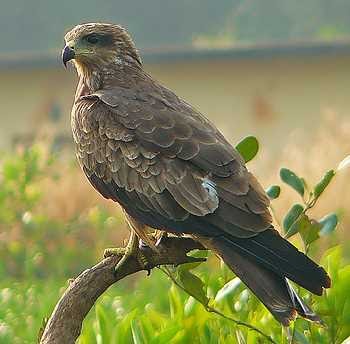7667766266
enquiry@shankarias.in
Why in News?
Recently, an article suggested that black kites have nesting habitats at a tower structure in Chennai.

References